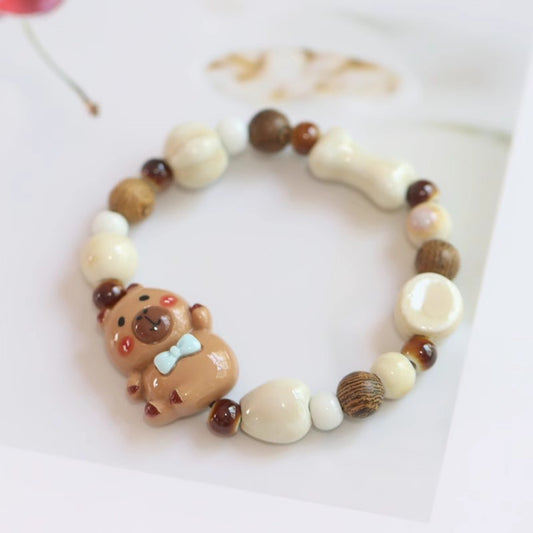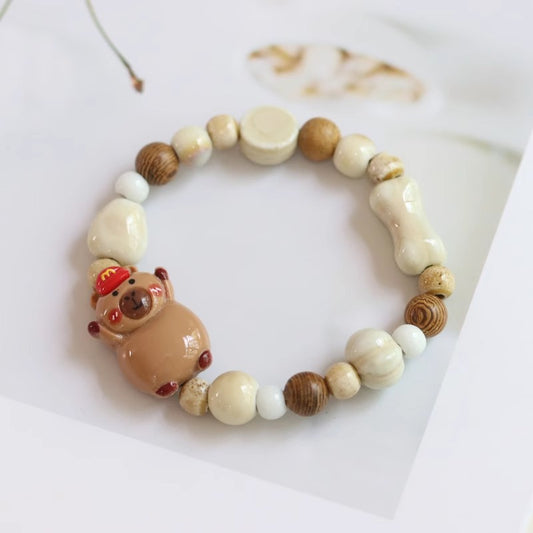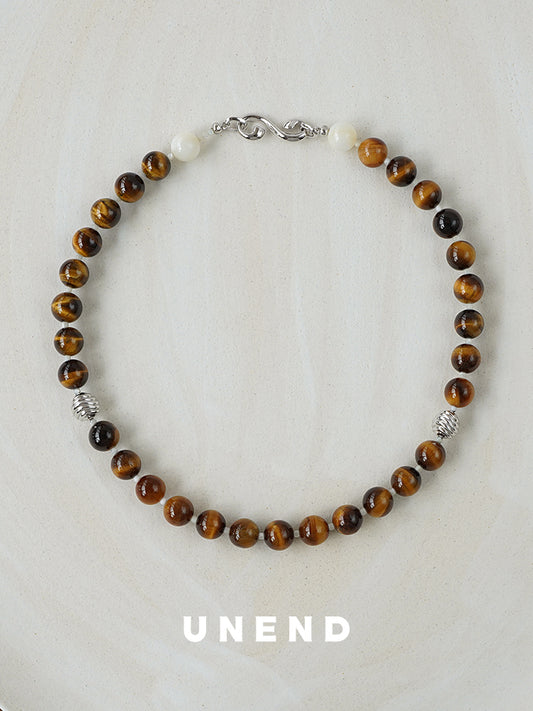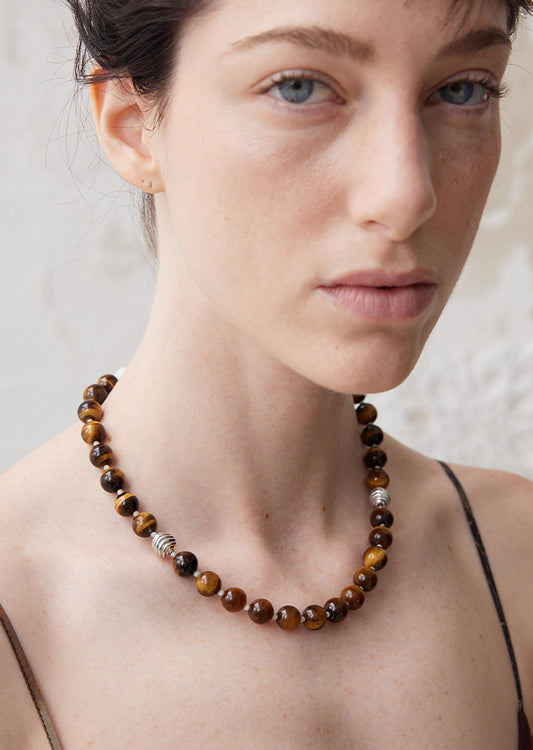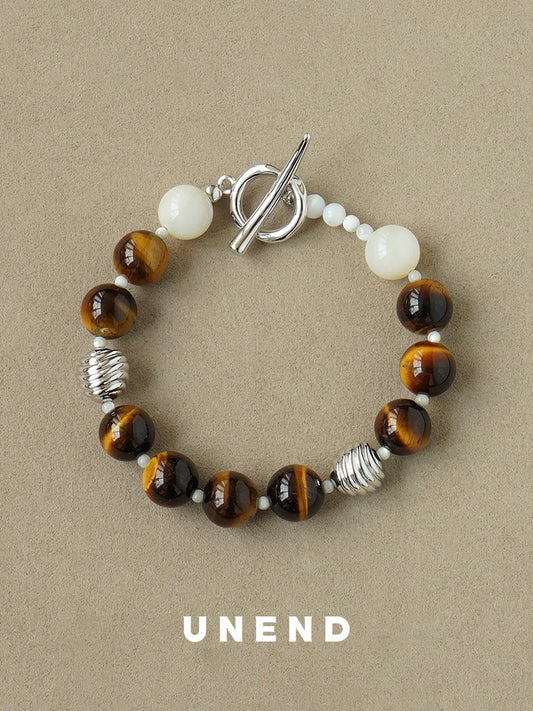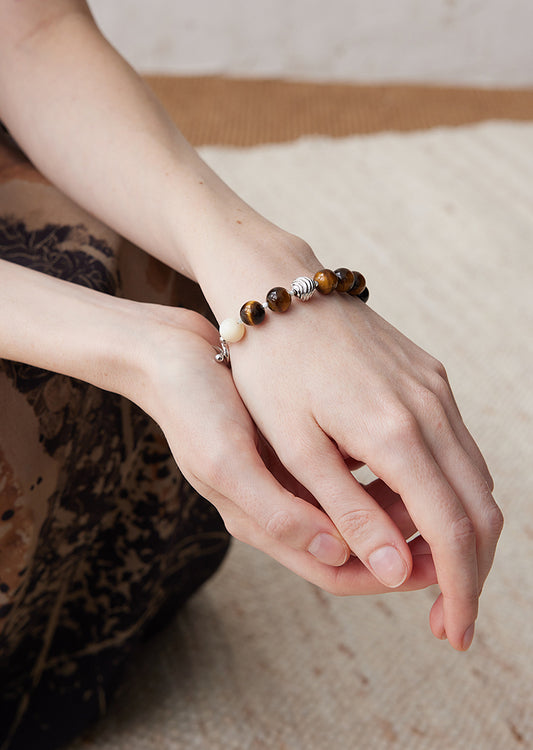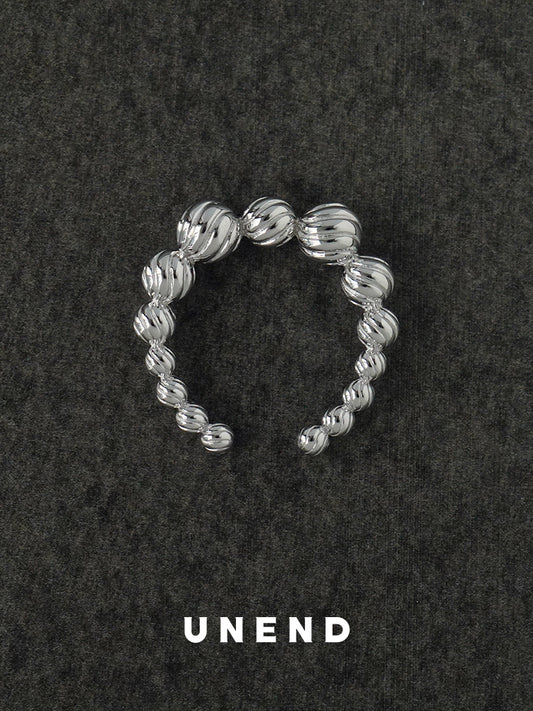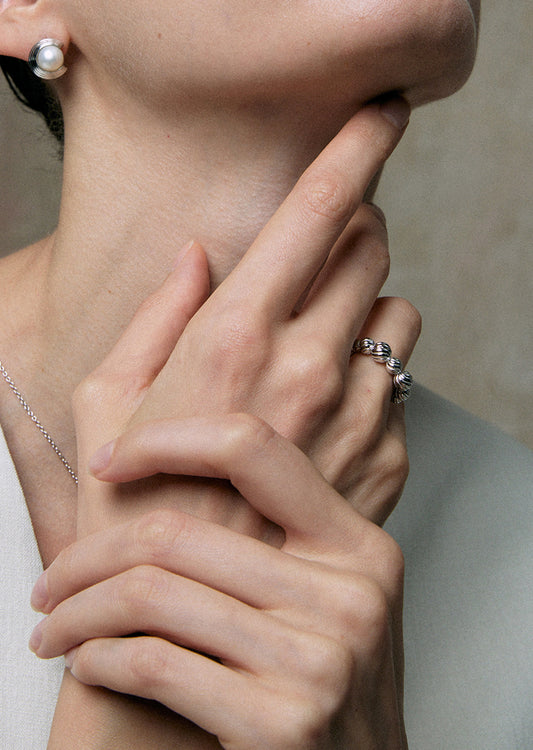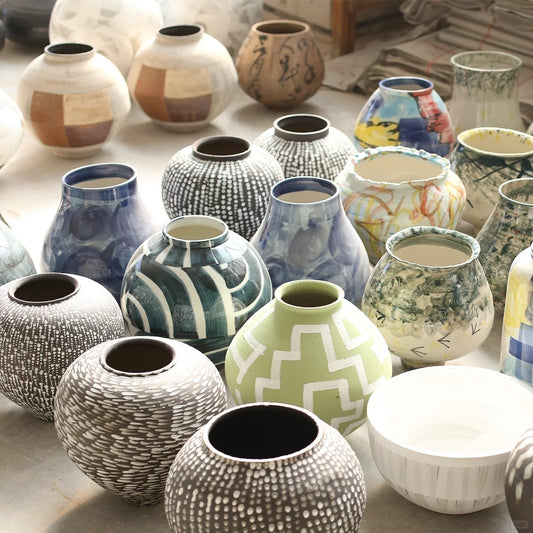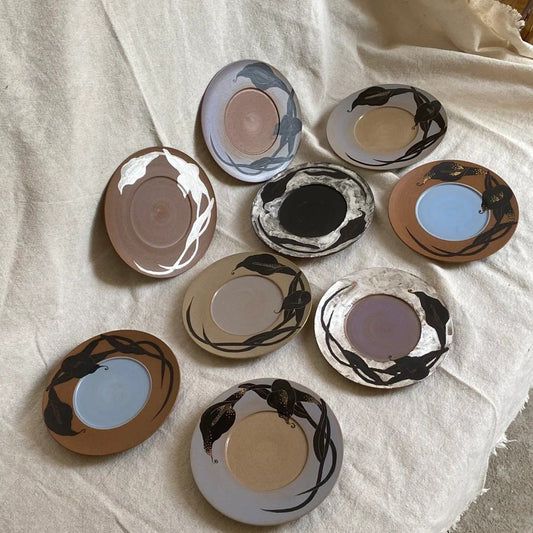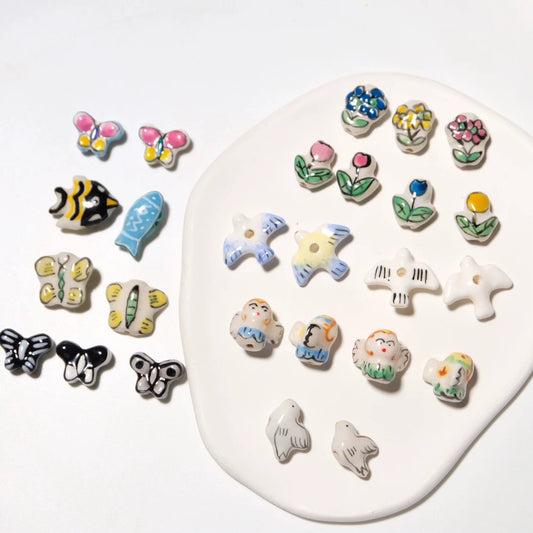Ceramic, pottery, and porcelain are terms often used interchangeably, yet each represents distinct categories within the world of ceramics. Understanding their differences can help you appreciate their unique characteristics and applications.
Ceramic: Versatile and Diverse
Ceramic is a broad term encompassing any object made from clay or other non-metallic minerals, hardened by heat. It includes a wide range of products, from everyday items to artistic pieces. Ceramics can be functional or decorative, reflecting various cultures and artistic styles.
Examples of Ceramic Products:
• Terracotta Planters: Traditional clay pots used for gardening, known for their porous nature.
• Earthenware Bowls: Handcrafted pottery often glazed for practical use in kitchens.
• Stoneware Mugs: Durable and suitable for daily coffee or tea.
Pottery: Crafted by Hand
Pottery refers specifically to ceramic ware made from clay that is shaped and then fired at relatively low temperatures. It tends to have a more rustic or earthy appearance compared to porcelain.
Distinctive Pottery Products:
• Ming Dynasty Vases: Iconic Chinese pottery known for its blue-and-white designs.
• Native American Pottery: Traditional vessels, such as Navajo pottery, featuring intricate geometric patterns.
• Greek Amphorae: Ancient pottery used for storing and transporting goods, showcasing artistic motifs.
Porcelain: Elegance and Durability
Ceramic, pottery, and porcelain are terms often used interchangeably, yet each represents distinct categories within the world of ceramics. Understanding their differences can help you appreciate their unique characteristics and applications. In this blog, we will explore the definitions, characteristics, and notable examples of each, providing a comprehensive guide to these fascinating materials.
Ceramic: Versatile and Diverse
Ceramic is a broad term encompassing any object made from clay or other non-metallic minerals, hardened by heat. It includes a wide range of products, from everyday items to artistic pieces. Ceramics can be functional or decorative, reflecting various cultures and artistic styles.
Characteristics:
• Made from a mix of clay, minerals, and water.
• Fired at high temperatures to harden.
• Can be glazed or unglazed.
• Includes both pottery and porcelain.
Examples of Ceramic Products:
• Terracotta Planters: Traditional clay pots used for gardening, known for their porous nature which allows plants to breathe.
• Earthenware Bowls: Handcrafted pottery often glazed for practical use in kitchens, offering a rustic charm.
• Stoneware Mugs: Durable and suitable for daily coffee or tea, stoneware mugs are often heavier and more robust than other ceramics.
Pottery: Crafted by Hand
Pottery refers specifically to ceramic ware made from clay that is shaped and then fired at relatively low temperatures. It tends to have a more rustic or earthy appearance compared to porcelain, often featuring thicker walls and a more substantial feel.
Characteristics:
• Made from natural clay.
• Fired at lower temperatures (typically below 1200°C).
• Often hand-shaped using a potter’s wheel or by hand-building techniques.
• Can be glazed or unglazed.
Distinctive Pottery Products:
• Ming Dynasty Vases: Iconic Chinese pottery known for its blue-and-white designs, representing the pinnacle of ancient Chinese craftsmanship.
• Native American Pottery: Traditional vessels, such as Navajo pottery, featuring intricate geometric patterns and natural motifs.
• Greek Amphorae: Ancient pottery used for storing and transporting goods, showcasing artistic motifs and storytelling through design.
Porcelain: Elegance and Durability
Porcelain is a type of ceramic known for its strength, translucence, and often white color. It is made from fine clay, typically kaolin, and fired at very high temperatures. Porcelain is prized for its delicate appearance and suitability for fine tableware and decorative arts.
Characteristics:
• Made from refined clay (kaolin) and other minerals.
• Fired at very high temperatures (above 1300°C).
• Highly vitrified, making it strong and non-porous.
• Translucent and often white in color.
Notable Porcelain Examples:
• Chinese Jingdezhen Porcelain: Renowned for its thinness, purity, and blue-and-white underglaze. Jingdezhen, often referred to as the “Porcelain Capital,” has been a center of fine porcelain craftsmanship for centuries.
• Wedgwood Jasperware: British pottery known for its matte finish and classical motifs, often in blue and white.
• Meissen Porcelain: German porcelain recognized for its intricate sculptures and figurines, often featuring elaborate decorations and high artistry.
Appreciating Ceramic Diversity
Ceramic, pottery, and porcelain each offer unique qualities shaped by centuries of cultural heritage and technological advancement. Whether you’re admiring a Ming vase, sipping from a stoneware mug, or marveling at delicate porcelain figurines, each piece tells a story of craftsmanship and artistry.
Explore the world of ceramics and discover the beauty and functionality of these timeless materials. Whether you prefer the rustic charm of pottery or the refined elegance of porcelain, there’s a ceramic piece to suit every taste and occasion.
By understanding the differences between ceramic, pottery, and porcelain, you can better appreciate the skill and history behind each piece. Dive into the rich world of ceramics and find your own unique treasures.




